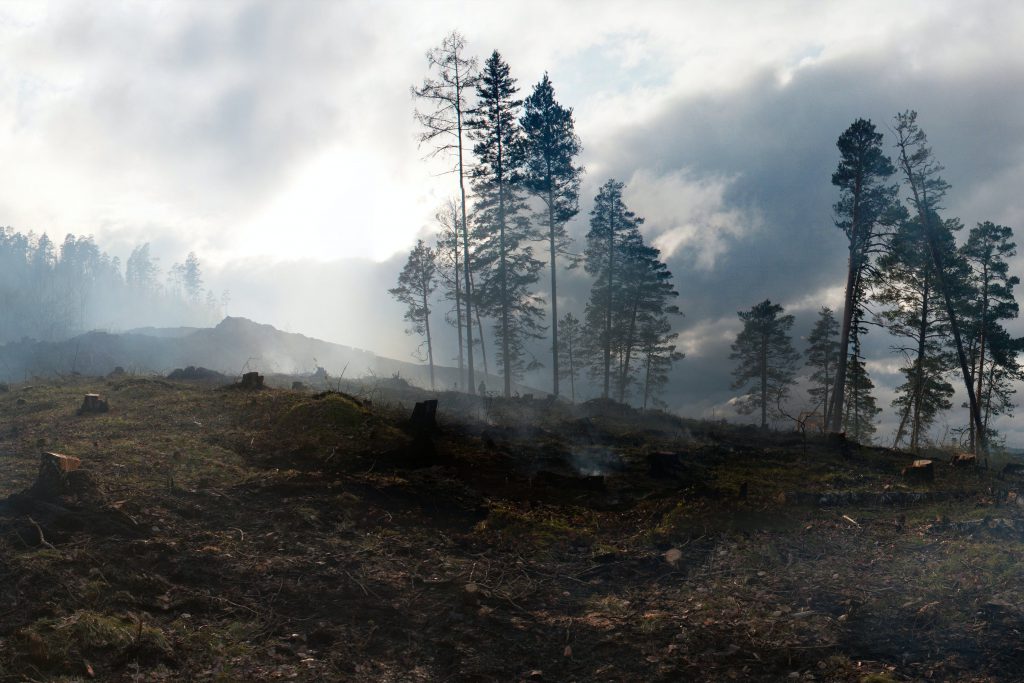Climate Risk in the West Balkans
As countries in the Western Balkans continue to grow, so too does their exposure to risk from climate change and natural disasters. Over the last twenty years, living standards have increased six-fold in Bosnia and Herzegovina, and nearly three-fold in Albania and Serbia. More people are finding jobs and wages are rising. The region’s future, according to the latest World Bank projections, is bright. [1]
Now, as the countries of the region strive for individual and collective stability, they face the additional challenges brought by climate change and do so against a background of new international borders and dynamic populations with strong ethnic identities. [2]
Despite these challenges, however, the six West Balkan countries (the Republic of Albania; Bosnia and Herzegovina; the Republic of Croatia; the former Yugoslav Republic of Macedonia; Montenegro; and the Republic of Serbia) that are the subjects of this report have all experienced rising GDP in the 1995– 2009 period except the slight declines in 2008 corresponding to the global financial crisis. In addition, all have made progress towards membership in the European Union. And in perhaps the most encouraging sign of all, the younger generations are demonstrating an astonishingly high degree of bottom-up cooperation across a range of issues.
[2]
However, clouds are gathering on the horizon. In parallel to this welcome growth, climate and disaster risks are also increasing, putting vulnerable communities in jeopardy. In 2014 we saw historic flooding that caused over €2 billion in damages and losses in Bosnia and Herzegovina (nearly 15% of the country’s gross domestic product) and over €1.5 billion in damages in losses in Serbia (nearly 5% of Serbia’s GDP). Last summer we witnessed record temperatures that buckled train tracks, fueled dozens of fires across the Balkans, caused a drought in Serbia which led to a drop in agriculture output of nearly 10 %, and forced Albania to spend €200 million on energy imports amid a devastating drought. All of these extreme events serve as stark reminders of just how vulnerable the region is to climate-related shocks. [1]
Governments are turning to innovative technologies to better understand changing climate and disaster risk, and take effective action. For example, with support from the Global Facility for Disaster Reduction and Recovery (GFDRR), as well as the World Meteorological Organization (WMO) and USAID, countries throughout the Balkans are sharing real-time hydrometeorological data and forecasts to provide critical flood information. Compiling this information into advanced flood models will provide critical early warnings for vulnerable communities, and help officials analyze long-term climate trends. Innovations like powerful machine learning algorithms, affordable high-resolution drones, and digital financial tools are fast becoming mainstream. However, additional effort is needed to ensure that these technologies are effectively leveraged for climate and disaster resilience. [3]
Supported by the World Meteorological Organization (WMO) and the World Bank, ongoing partnerships with neighbouring countries are improving the process of sharing hydrometeorological data – enhancing weather forecasting efforts and bolstering broader European meteorological systems. By working across borders, these countries can provide better early warnings for disaster and climate risks to all of their citizens. As weather patterns become more uncertain in the region, governments within the Balkans will need to take increasingly proactive approaches to ensure the safety and prosperity of communities. Strong international partnerships – and forward-looking investments in resilience – will help the region adapt to whatever weather comes its way.
[1]
[1] https://www.worldbank.org/en/news/opinion/2018/09/17/it-is-time-for-action-on-climate-risk-in-the-balkans
[2] https://climate-adapt.eea.europa.eu/en/metadata/publications/climate-change-in-the-west-balkans/11278310
[3] https://www.gfdrr.org/en/feature-story/tackling-climate-extremes-technology-balkans



